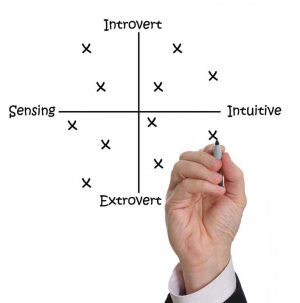
Personality tests can help provide a sufficient amount of insight on not only the strengths of each employee, but also their weaknesses, which are equally important.
One tool this author has seen to be highly effective for companies is to have each employee complete a personality test. They can help provide a sufficient amount of insight on not only the strengths of each employee, but also their weaknesses, which are equally important. Knowing each employee’s personality allows one to understand their motivations and their challenges. Providing the right roles or projects for each employee based on this knowledge will help set the stage for success while building confidence and a more productive team.
There are many different types of personality tests that can be used; however, it is important to use one that focuses on individuals in the workplace. Two of the personality tests this author uses when working with an organization is the DISC Assessment, which centres on four different personality traits, including dominance (D), influence (I), steadiness (S), and conscientiousness (C). The other test is called the True Colors Personality Assessment.
Individual personalities are not likely to change. The traits that come along with each personality will play a large role in how each employee contributes to the business.
Of course, some are not always able to work with others who have the same personality traits as their own—and, in this author’s opinion, this is not a bad thing. If an entire department or project committee all scored extremely high in their leadership qualities, it can oftentimes become a challenge when so many people want things to be done their way. Perhaps the phrase “too many cooks in the kitchen” comes to mind?
When one looks at the benefits of having a diverse personality ‘team’ in place, the same can easily apply to a diverse generational team.
Closing the generation gap
While there is debate over the exact breakdown, most people view the five generations in the workplace as: traditionalists (born 1922-1945), baby boomers (born 1946-1964), generation X (born 1965-1980), millennials or generation Y (born 1981-1997), and the iGeneration (born 1998 and later). The latter generation are those who typically grew up with a smartphone in hand.
Traditionalists tend to be loyal, cautious, formal, and proud. They believe in a top-down hierarchy, clear reporting structures, and the ‘uniform’ of a suit and tie. They tend to be by the book and ‘how’ is just as important as what gets done. They are known for their company loyalty and working at one place their entire career. Much of this is due to the fact 50 per cent of men from the traditionalist era shared the experience of serving in the military compared to the less than one per cent of today’s population.





